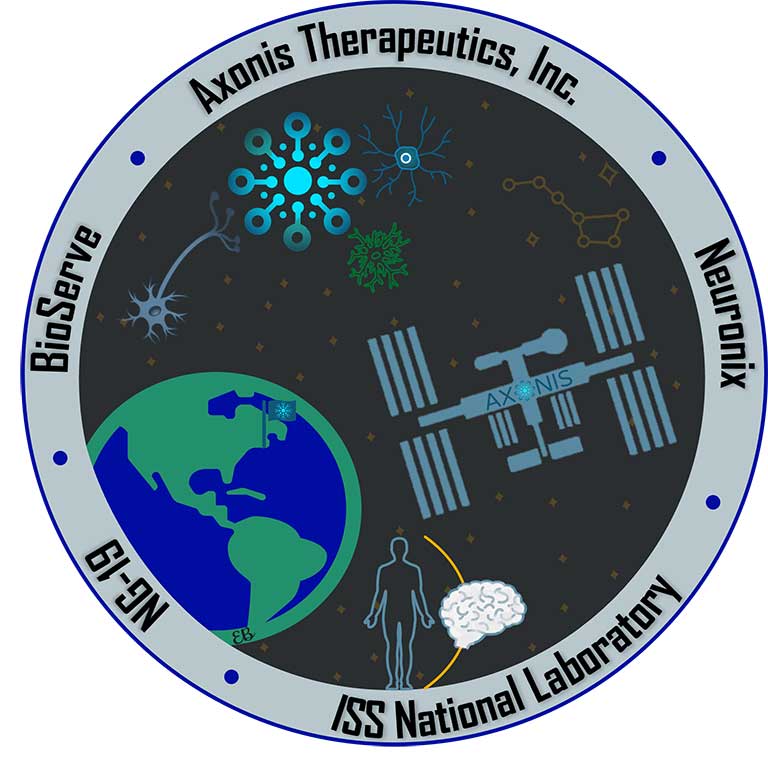Innovation in Focus: Patches
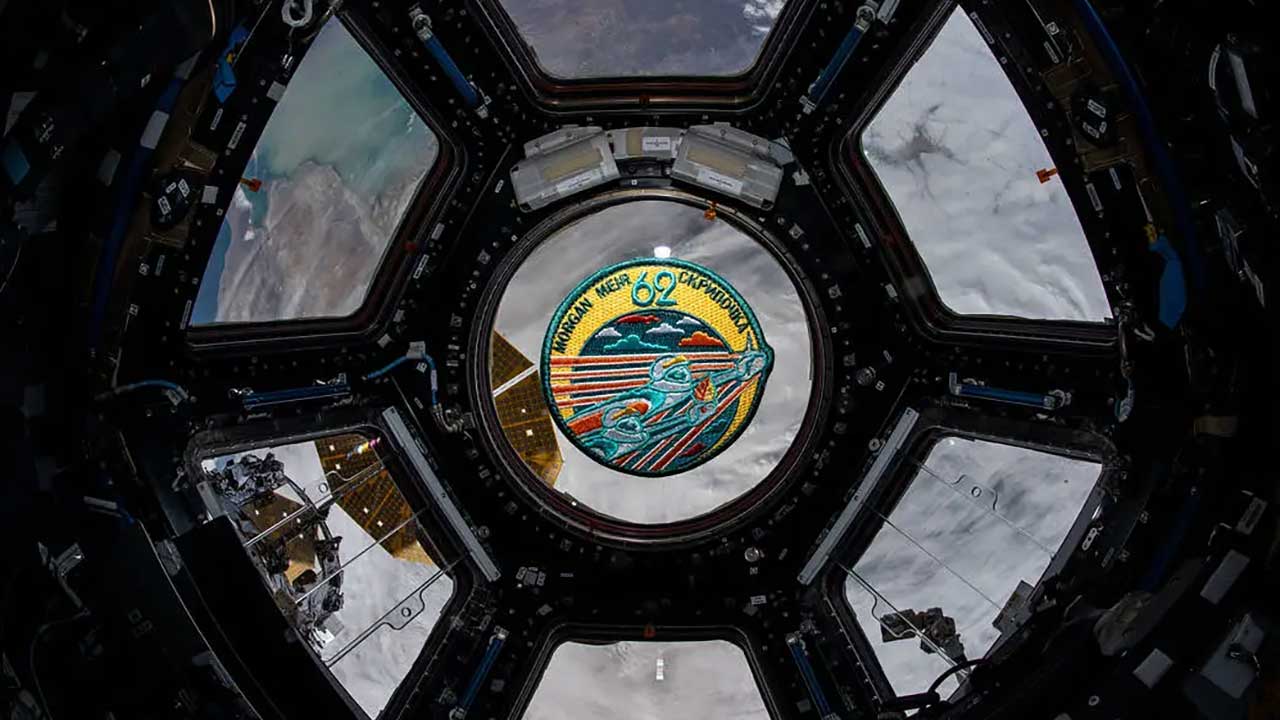
The Expedition 62 mission patch floats inside the seven-window cupola on the ISS.
Media Credit: NASA
July 17, 2025 • By Amy Elkavich, Staff Writer
When we think of patches, we probably think about a patch for an item of clothing or the kind a tech company releases to fix a phone app, computer system, or online game. Within the space industry, the term “patch” evokes a colorful history of visual designs that commemorate specific missions, crews, events, programs, or activities. Mission patches have a unique charm that fascinates almost everyone, space enthusiast or not.
In addition to creating traditional patches for missions, the ISSInternational Space Station National Lab has collaborated with partners to design unique patches that represent investigations during a calendar year, or a unique initiative tied to a theme or event. This approach has fostered collaborations with well-known entertainment brands and figures, making the patches even more special. This photo essay features some of the patches we’ve produced with partners and the stories behind them.
May the Patch Be With You
In 2017, the ISS National Lab teamed up with Lucasfilm to create a mission patch inspired by the Star Wars franchise. This patch commemorates more than 100 experiments conducted on the ISS National Lab that year, showcasing iconic Star Wars droids like BB-8, K-2SO, and Chopper. Shaped like the Millennium Falcon, it features both the ISS and the Death Star, symbolizing the collaboration between a real and an imagined space station to highlight the benefits of ISS research. Read more about the out-of-this-galaxy collaboration.
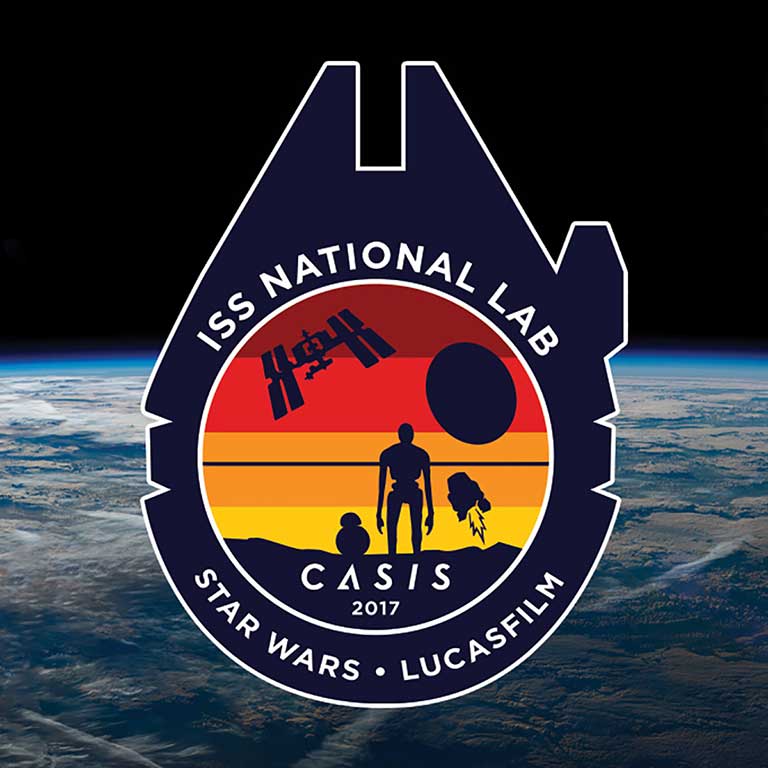
More Than a Patch
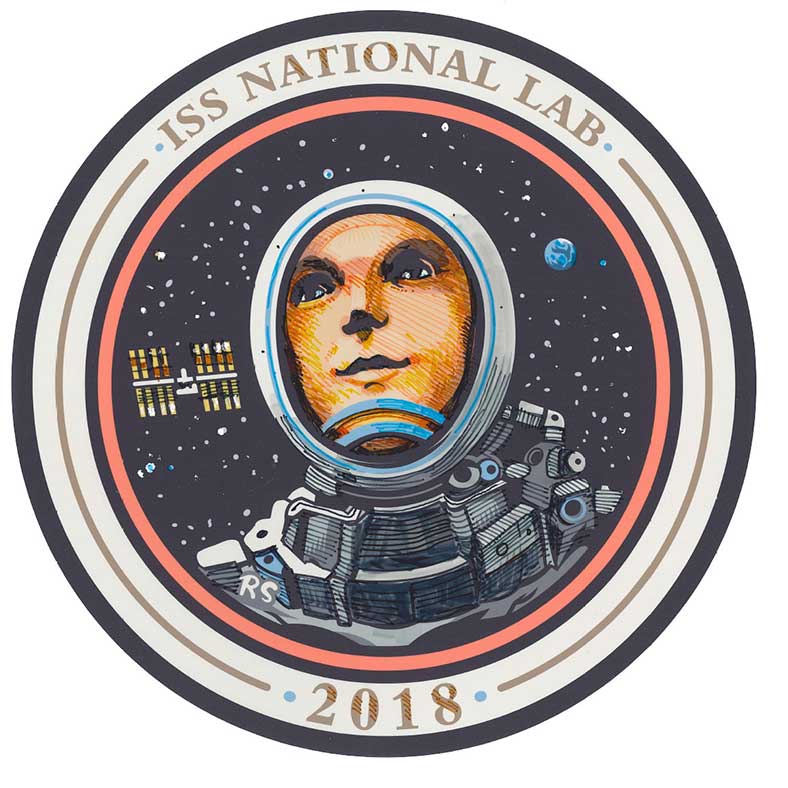
In 2018, the ISS National Lab worked with Ridley Scott, a space enthusiast who directed and produced “Blade Runner,” the Alien franchise, and “The Martian.” Drawing on the power of filmmaking and the research taking place on station, the collaboration resulted in a patch that truly embraced the wonder of space-based science. Read more about how patches like this one can lead to great conversations about science in space that benefits life on Earth.
Chips in Space
No, we’re not talking about potato chips. We’re talking about tissue chips! CASIS(Abbreviation: CASIS™) The nonprofit organization that manages the ISS National Lab, which receives at least 50 percent of the U.S. research allocation on the International Space Station to facilitate research that benefits humanity (NASA manages the other 50% and focuses on research for space exploration purposes). and the National Center for Advancing Translational Sciences (NCATS), within the National Institutes of Health, have partnered for several years to study tissue chips in the microgravityThe condition of perceived weightlessness created when an object is in free fall, for example when an object is in orbital motion. Microgravity alters many observable phenomena within the physical and life sciences, allowing scientists to study things in ways not possible on Earth. The International Space Station provides access to a persistent microgravity environment. environment of the space station. This research aims to enhance our understanding of human diseases and improve testing methods and drug therapy treatments.
A student patch design competition inspired public interest in this field while highlighting the importance of tissue chipA tissue chip, or organ-on-a-chip or microphysiological system, is a small engineered device containing human cells and growth media to model the structure and function of human tissues and/or organs. Using tissue chips in microgravity, researchers can study the mechanisms behind disease and test new treatments for patients on Earth. The National Institutes of Health (NIH) has a multiyear partnership with the ISS National Laboratory® to fund tissue chip research on the space station. technology in space research. See the other award-winning patches and learn more about space-based tissue chip research.

I Am Groot
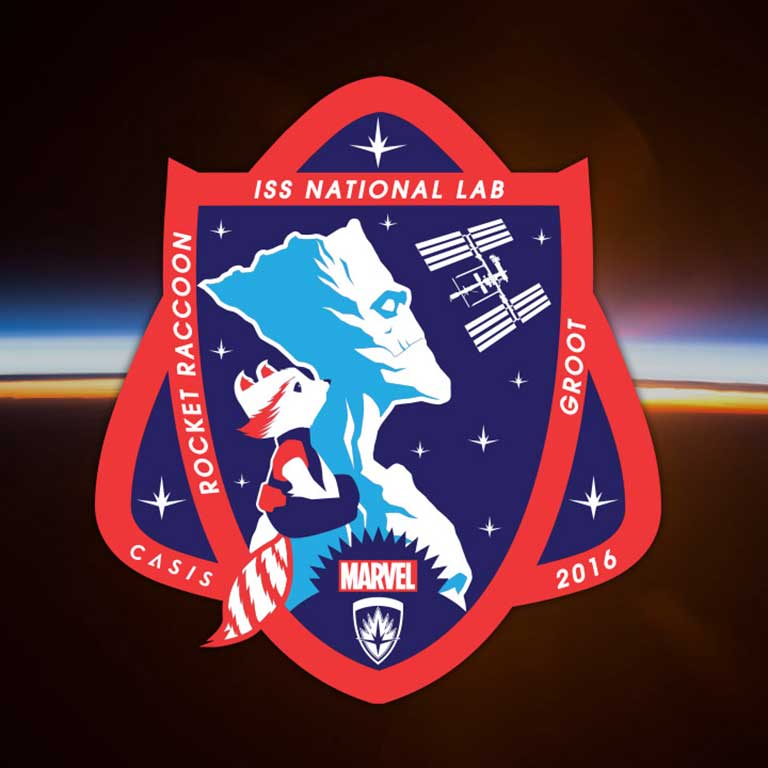
Marvel designed a mission patch with the ISS National Lab in 2016, featuring Rocket and Groot from “Guardians of the Galaxy.” Revealed at San Diego’s Comic Con, the patch represents over 100 science investigations on the ISS National Lab, spanning life and physical sciences, material sciences, technology development, Earth observation, and student inquiries. An education flight opportunity centered on Rocket and Groot was developed to inspire future scientists and engineers, inviting students to propose innovative concepts to be tested in space based on the super heroes’ attributes.
A Patch with the Power to Heal
A patch… for cuts, scratches, and battle wounds? That’s not the kind of patch we see in this photo, but the science behind a patch that can lower the risk of infection and promote healing? That’s a patch worth reading about! Learn about this space-based research with the potential to revolutionize how we treat wounds.
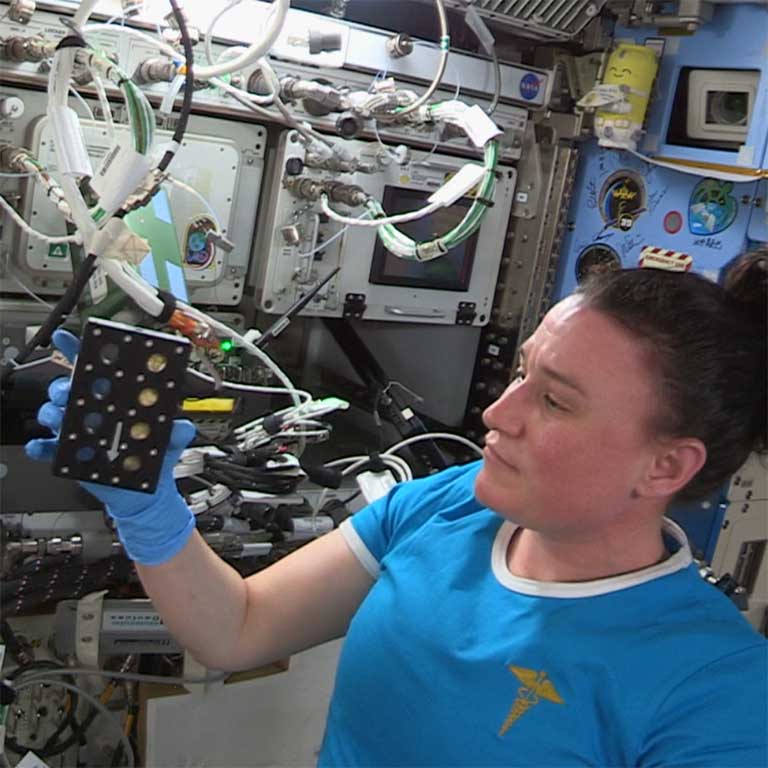
Advancing Research Knowledge
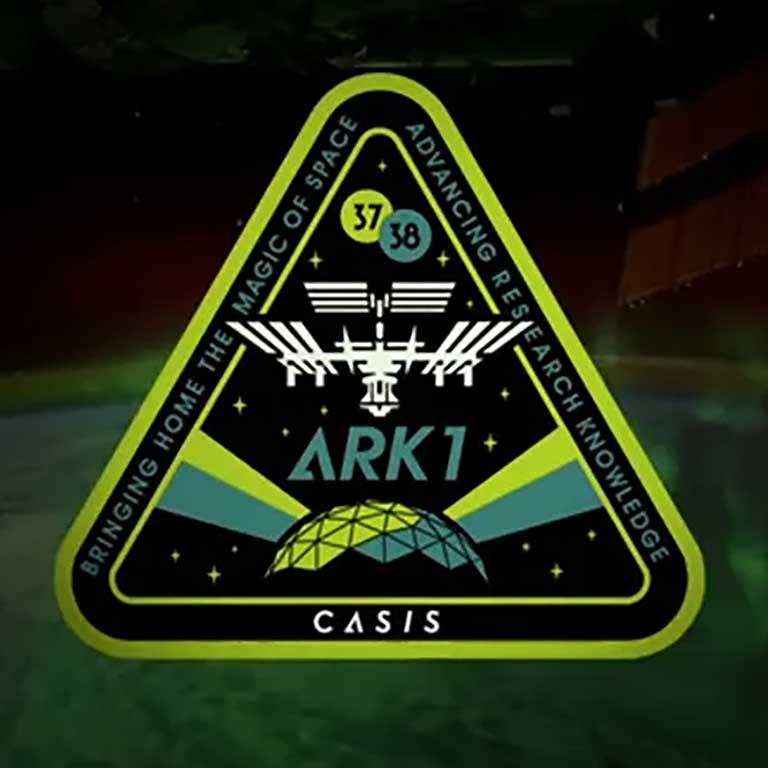
The very first CASIS-sponsored payload mission patch represented the science and research payloads flown during increment 37/38 from September 2013 to March 2014. This marked a historic moment in the aerospace community, and the potential for space station research to benefit all humankind. Who designed the patch? Artist Shepard Fairey. Read about the organization’s first patch and the artist.
Using Tiny Brain Models to Solve Big Health Challenges
Axonis Therapeutics designed a project mission patch to promote their space-based research: growing tiny brain models to study brain diseases. This new method could lead to better treatments for ALS and spinal cord injuries. Read all about their project in this Upward feature.
